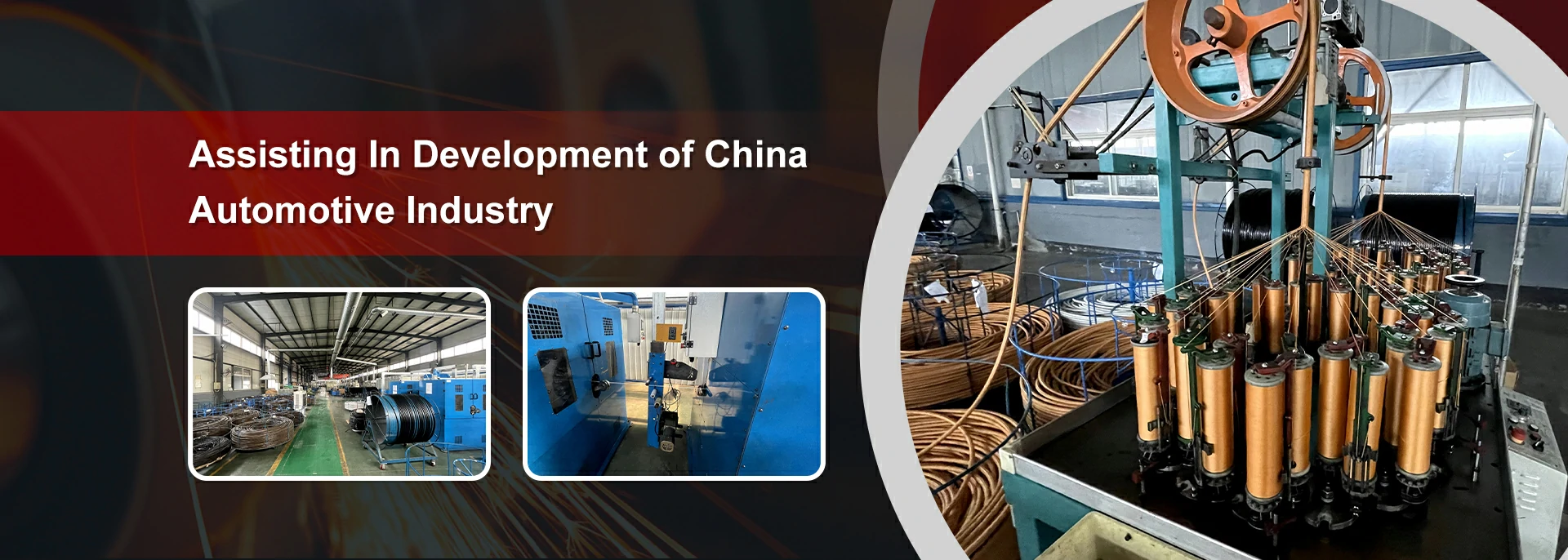Guide to Properly Charging R134a Refrigerant Using the Right Charging Hose Techniques
Understanding R134a Refrigerant Charging Hoses
When it comes to automotive air conditioning systems, R134a refrigerant plays a crucial role in cooling efficiency. As environmental regulations continue to evolve, R134a has become a standard refrigerant due to its lower ozone depletion potential compared to its predecessor, R12. To maintain and recharge these systems, using the right tools is essential, and that’s where R134a refrigerant charging hoses come into play.
What is R134a Refrigerant?
R134a, or tetrafluoroethane, is a hydrofluorocarbon (HFC) used widely in air conditioning units and refrigeration systems. Its popularity stems from its effectiveness in cooling while posing less threat to the ozone layer. However, it is still a greenhouse gas, leading to ongoing efforts to develop more sustainable refrigerants. Maintaining R134a systems is vital for their efficiency and longevity.
The Importance of Refrigerant Charging Hoses
Refrigerant charging hoses are crucial tools for service technicians who need to recharge air conditioning systems with R134a. These hoses facilitate the transfer of refrigerant into the system, ensuring that the AC unit operates efficiently. The charging process requires precision; the correct amount of refrigerant must be added, and this process calls for reliable equipment.
Features of R134a Charging Hoses
R134a charging hoses typically have specific features that enhance their functionality
1. Color-Coded Fittings Generally, R134a charging hoses are color-coded—blue for low pressure and red for high pressure—to prevent confusion during charging. This color coding helps technicians quickly identify the correct hose to use, minimizing the risk of errors during the recharge process.
2. Manifold Gauge Compatibility Many technicians use manifold gauge sets when charging R134a systems. Charging hoses are fitted with standard connections allowing them to be easily attached to manifold gauges. This combination enables the technician to monitor pressures accurately, ensuring that the system is charged to the manufacturer's specifications.
r134a refrigerant charging hose

3. Durability and Flexibility Charging hoses are designed to withstand high pressures and extreme temperatures. They are often made from rubber or thermoplastic materials that provide both durability and flexibility, allowing them to maneuver around tight spaces in vehicle engines or HVAC units.
4. Anti-Backflow Valves High-quality charging hoses are equipped with anti-backflow valves to prevent refrigerant from escaping back into the environment. This feature is not only crucial for safety and environmental protection but also helps maintain the efficiency of the recharge process.
Charging Process with R134a Hoses
To charge an R134a system, technicians will typically follow these steps
1. Connect Hoses Begin by connecting the blue hose to the low-pressure service port and the red hose to the high-pressure service port. These ports are located on the AC system, and correct identification is essential.
2. Check System Pressures Using a manifold gauge set, check the pressures in the AC system to establish whether it needs refrigerant.
3. Add Refrigerant If the system is low on R134a, the technician will open the appropriate valve on the refrigerant canister and allow the refrigerant to flow into the system while monitoring the pressure gauges.
4. Final Checks Once the correct amount of refrigerant has been added, technicians will disconnect the hoses, ensuring that no refrigerant escapes during this process.
Conclusion
R134a refrigerant charging hoses are indispensable tools for maintaining automotive and HVAC systems using R134a. Understanding how to effectively use these hoses is essential for technicians to ensure that air conditioners function efficiently while minimizing environmental impacts. With proper training and knowledge of R134a charging hoses, technicians can significantly improve the lifespan and performance of refrigeration systems.
-
Ultimate Spiral Protection for Hoses & CablesNewsJun.26,2025
-
The Ultimate Quick-Connect Solutions for Every NeedNewsJun.26,2025
-
SAE J1401 Brake Hose: Reliable Choice for Safe BrakingNewsJun.26,2025
-
Reliable J2064 A/C Hoses for Real-World Cooling NeedsNewsJun.26,2025
-
Heavy-Duty Sewer Jetting Hoses Built to LastNewsJun.26,2025
-
Fix Power Steering Tube Leaks Fast – Durable & Affordable SolutionNewsJun.26,2025

